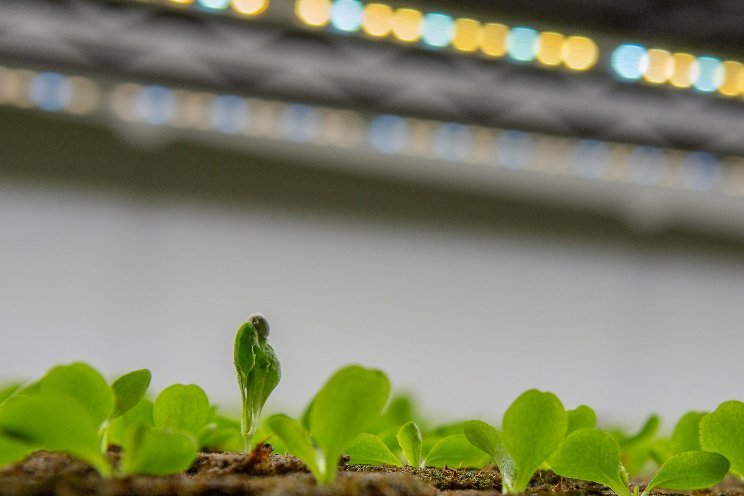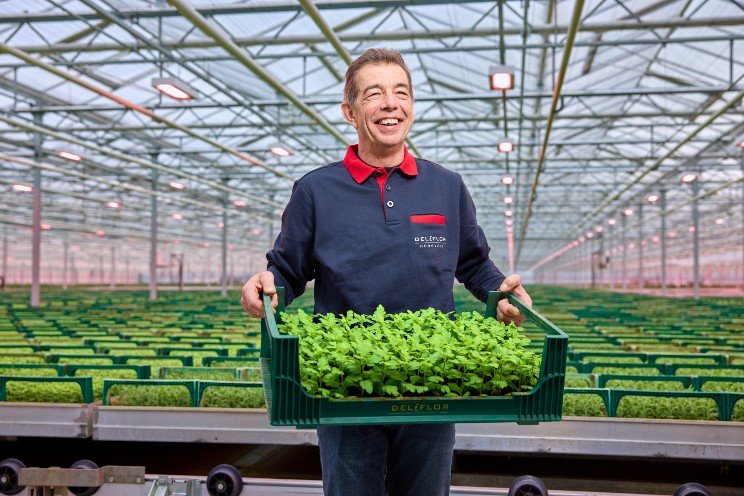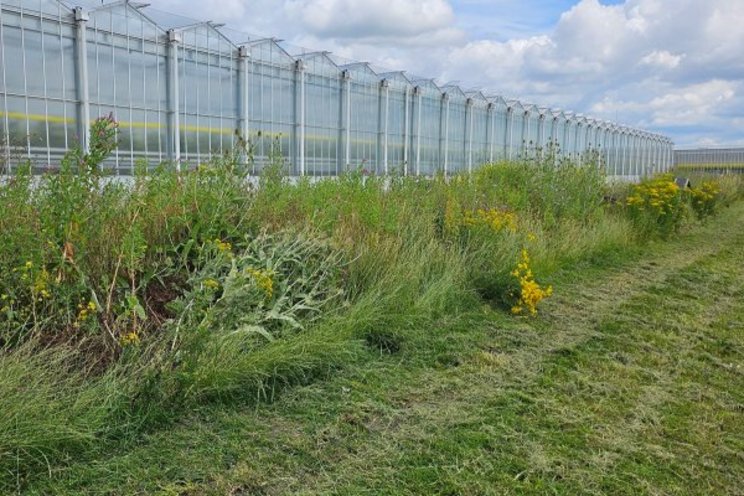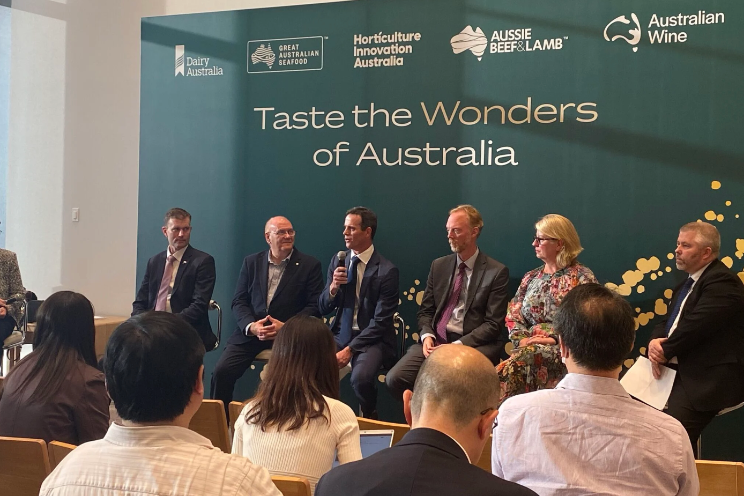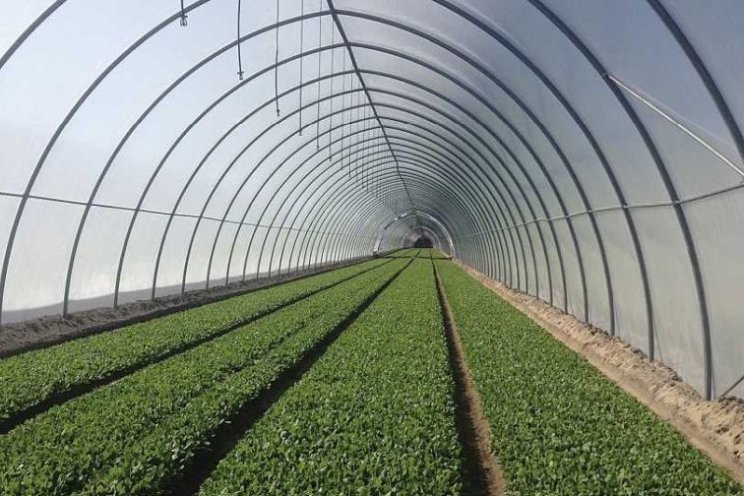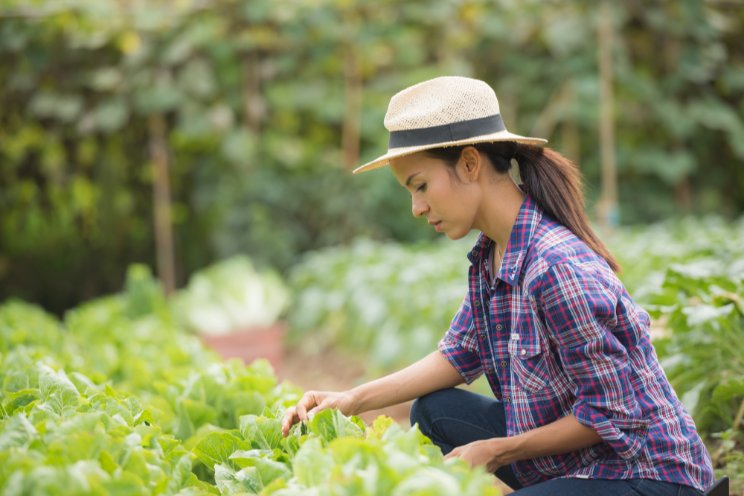Energy efficiency, grow lights, and pollinator interplay
Added on 20 November 2023
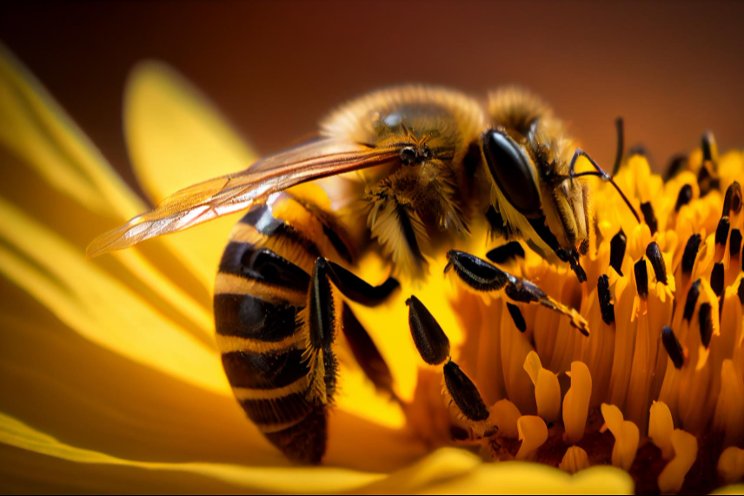
Pollination efficacy stands out as a linchpin in this scenario, directly influencing crop yield and quality.
The success of growers hinges on a delicate balance, particularly when employing energy screens as a cost-saving measure while considering their potential impact on pollination success. Energy screens serve as an effective tool for regulating temperature and managing energy costs by minimizing heat loss in greenhouses. However, an overreliance on them may inadvertently compromise the conditions necessary for optimal pollination.
Koppert pollination consultant Remco Huvermann says the energy crisis and escalating costs for heating and lighting greenhouses have led to a number of issues for pollinating bees and bumblebees.
“Of course, growers want to limit their rising energy bills, but they need to be cautious when it comes to the impact some of their measures are having on environmental conditions and bumblebee behavior,” he says.
The current situation has led to new challenges such as higher humidities and less light in greenhouses, as well as opportunities for new LED light supporting better bumblebee activity during days with low light conditions. Understanding how bumblebees have been affected is key to securing pollination in the best possible way.
The bottom line is that bumblebees need at least two to four hours of daylight and open flowers in favorable pollination conditions to become active and complete their daily pollination tasks. This is especially important during the four to six weeks before the shortest day of the year (December 21) and the four to six weeks that follow it when winter weather leads to the least favorable pollination conditions of the year.
Creating Ideal Conditions for Bumblebees in Winter
Bumblebees only see UV light, the blue and green light spectrum (sometimes called “Beevision”) that is different to human vision. Bumblebees need approx. 30-40 umpl of this Beevision on the entrance of the hives and around the flowers in the crop for bumblebees to do their pollination work and be able to find their way back to their hives. These levels are reached when daylight is around 90-100 watt. Lower light levels can be the result of energy screens being closed or hives being placed too low in the greenhouse where less daylight is available. As a result, bumblebees may not become active or only become active much later in the day.
Image by vecstock on Freepik
More news

